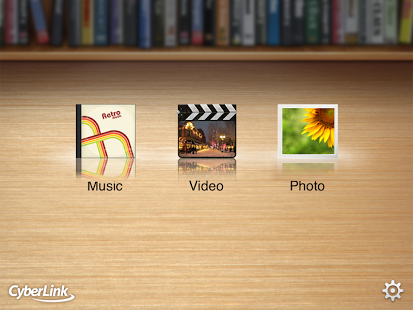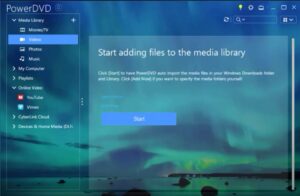

Sound Card: Integrated Digital Audio (S/PDIF) Graphics Card: ASUS ROG-STRIX-GTX1080TI-O11G-GAMING Motherboard: ASUS ROG Maximus XI Formula Z390 OS: 64-bit Windows 11 Pro for Workstations System Manufacturer/Model Number: Custom self built If you have a N edition of Windows 10 installed, you will need to download and install the Media Feature Pack to have Windows Media Player available. You must be signed in as an administrator to either turn on/off or install or uninstall Windows Media Player. This tutorial will show you how to either turn on/off or install or uninstall Windows Media Player for all users in Windows 10. Uninstalling Windows Media Player will have it no longer available to turn on or off, and will free up around 57.4 MB of space on the Windows drive. If you like, you can install or uninstall the Windows Media Player feature to no longer have it available for all users on the PC. Turning off Windows Media Player will not uninstall it, or save any hard drive space. If you like, you can turn on or off the Windows Media Player feature to no longer have it available for all users on the PC. The Photos app is the the default photo viewer. The Movies & TV app is the default video player. The Groove Music app is the default music player. Windows Media Player is not the default app by default in Windows 10 though. You can also organize your digital media collection, sync digital media files to a portable device, shop online for digital media content, and more with Windows Media Player.


Windows Media Player allows you to play audio and video files on your local machine and on the Internet. Windows Media Player 12 (WMP) is included in Windows 10 by default. How to Install or Uninstall Windows Media Player in Windows 10


 0 kommentar(er)
0 kommentar(er)
